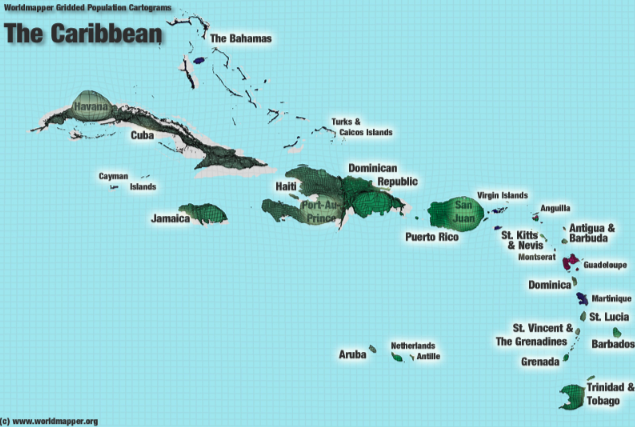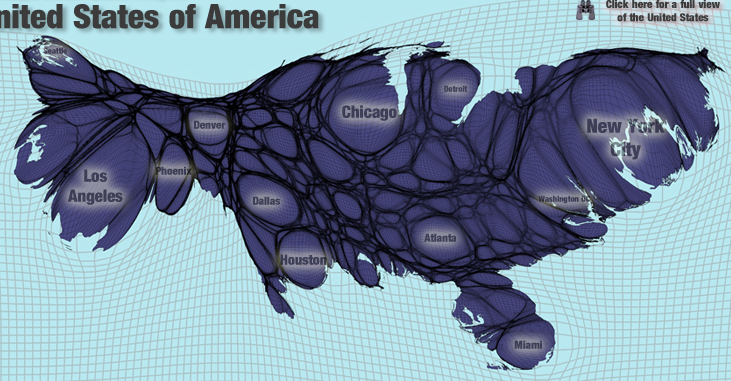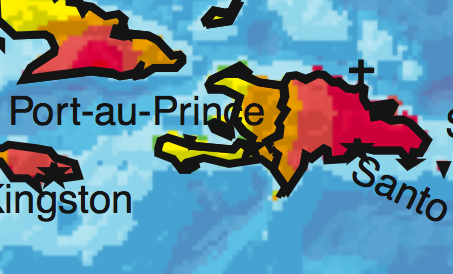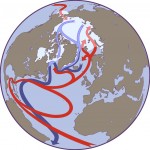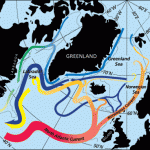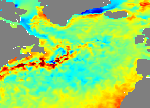 I’m inordinately happy to have finally puzzled out how to enable posting to my blog via email. The last few times I’d tried to get this to work something or another ruined my fun.
I’m inordinately happy to have finally puzzled out how to enable posting to my blog via email. The last few times I’d tried to get this to work something or another ruined my fun.
WordPress tempts you into thinking that you can post by email. But the built in mechanism is flawed in enough ways to make it dead to me. E.g. – can only handle simple mail formats, it can only hand unencrypted POP3, and finally didn’t work at all.
But, happy day the wordpress plugin Postie works for me.
It’s a bit complex to get all the toggles set right. For example I rarely send email in rich text format, but in this case it’s worth it since the converter will handle all the formating. Including images. Floating images!
WordPress tries hard, but the image editing is really too tedious, and its editor is fine; but not as good as the one in my mail program. And, my mail program there has grammar checking.
![]() Getting all the settings right is delicate. By default you need to email from the same account you WordPress user id is associated with. And, you may need to change the email address associated with your admin account for that to work; since I assume it picks the first account it finds. You will want to check that your blog knows what time zone it’s in, that’s on the general WordPress settings page. There is also a setting in Postie, but fix the blog’s setting first. It helped to toggle the “preferred text type” in the postie message settings to “html.” And you’ll need yet another email account.
Getting all the settings right is delicate. By default you need to email from the same account you WordPress user id is associated with. And, you may need to change the email address associated with your admin account for that to work; since I assume it picks the first account it finds. You will want to check that your blog knows what time zone it’s in, that’s on the general WordPress settings page. There is also a setting in Postie, but fix the blog’s setting first. It helped to toggle the “preferred text type” in the postie message settings to “html.” And you’ll need yet another email account.
Initially I had all the email originated postings filed under “drafts,” and I recommend that until you think you have all the bugs worked out. But, I’m somewhat sad admit, I still fiddle with the final result by hand. In particular it isn’t quite getting the paragraph breaks right.
 The drawing at right is the schematic of an air conditioner based on phase change. In this case wax that melts at 22C (72F). The wax is encapsulated in tiny spheres and then mixed with water to create a fluid. That slurry is pumped thru the radiator (labeled: cool-phase condensing rods).
The drawing at right is the schematic of an air conditioner based on phase change. In this case wax that melts at 22C (72F). The wax is encapsulated in tiny spheres and then mixed with water to create a fluid. That slurry is pumped thru the radiator (labeled: cool-phase condensing rods). I don’t really do Facebook, but back when it first emerged I wrote a few apps and kicked the tires a bit. One application that I admired, but which is sadly now dormant, was “Awareness Ribbons”. It let you plop a block into your profile with ribbons for all your assorted causes. They had hundreds of different ribbons. I find this kind of public revealing of affiliations fascinating. In particular I found the idea of a middleman being involved interesting.
I don’t really do Facebook, but back when it first emerged I wrote a few apps and kicked the tires a bit. One application that I admired, but which is sadly now dormant, was “Awareness Ribbons”. It let you plop a block into your profile with ribbons for all your assorted causes. They had hundreds of different ribbons. I find this kind of public revealing of affiliations fascinating. In particular I found the idea of a middleman being involved interesting.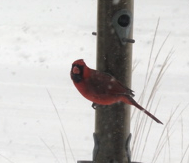 I gather that my mother in law once bought a case of dog food only to have the dog die. We recently bought a big bag of bird seed and now the birds have disappeared.
I gather that my mother in law once bought a case of dog food only to have the dog die. We recently bought a big bag of bird seed and now the birds have disappeared.